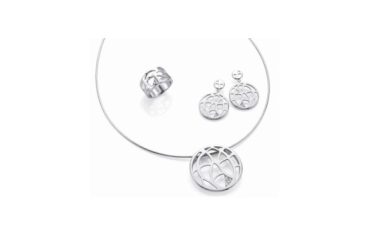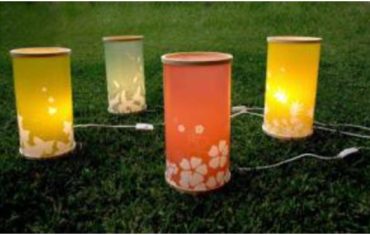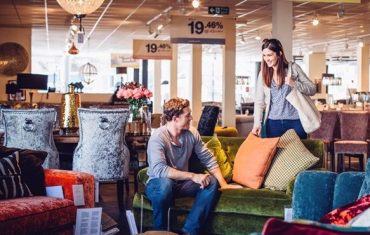While 54 per cent of Australians still prefer to shop in a physical store, they expect the digital transformation to continue, according to Klarna’s latest Shopping Pulse report.
The homewares and gardenware market has done relatively well during the pandemic compared to industries such as hospitality and fashion, and consumers currently shop more in physical stores for these categories, but would want to shop online to a much higher extent in the future.
In fact, Aussie consumers have indicated their preferences may be changing to prefer to shop online more frequently in 10 out of 12 product categories.
“It is evident that new habits have formed and more than half of Australian shoppers believe they will turn online for more of their purchases in a year’s time, and want to increase their share of online shopping purchases for most other product categories,” says Viveka Söderbäck, Klarna’s expert on consumer behaviour.
Indeed, 46 per cent of Australians believe they will make the majority of their purchases online in a year’s time, the same proportion that would choose online shopping already today if they had to choose between online and physical stores.
“The pandemic has turbo boosted the digital transformation and some traditional offline verticals were simply not ready for that a year ago. Many consumers would previously not consider shopping for groceries online, but since online shopping has become a habit during the past year, they now have new preferences that retailers will need to meet.
“This is an opportunity for agile retailers to quickly grow their business by meeting emerging demands and win customers over,” she adds.
Other key findings include: significantly more Australian women prefer online shopping than men (48 vs. 43 per cent); 91 per cent of Australians have shopped online in the past year; and Australians use their mobile phones for shopping more than any other international market other than the US (38 per cent preference), which is being particularly driven by Aussie millennials (26-35).







